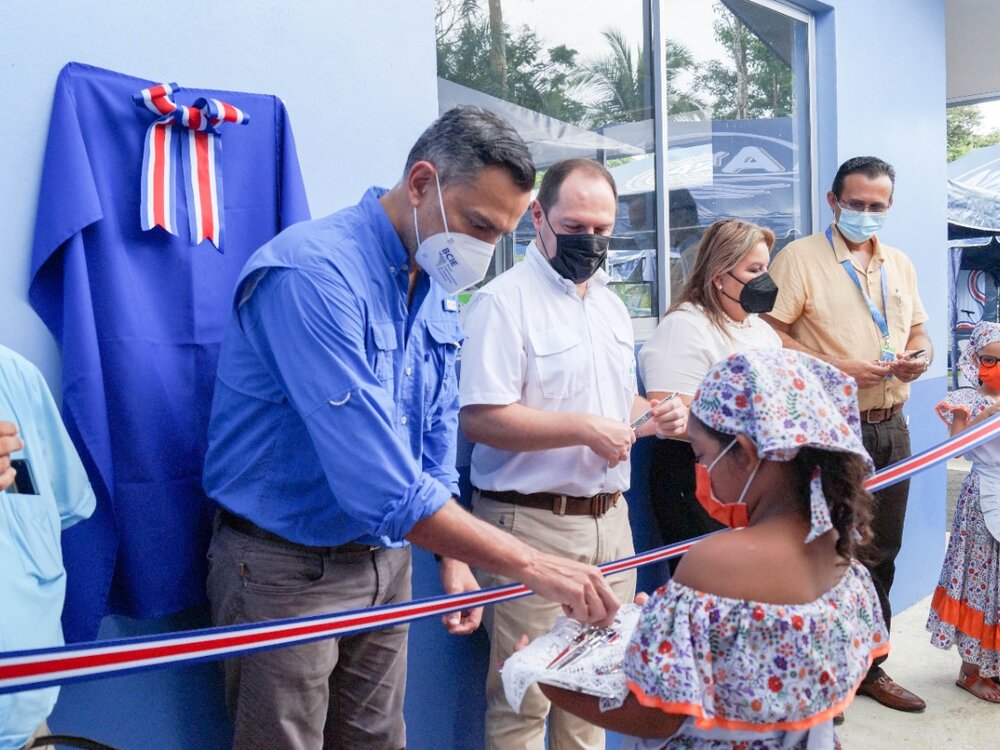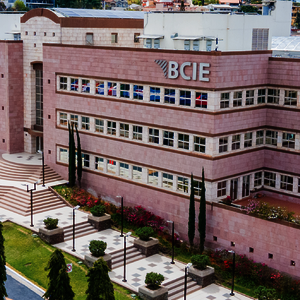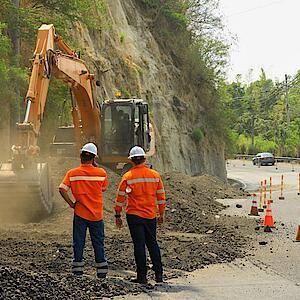CABEI inaugurates water treatment plant that will ensure water resources for more than 5,000 Costa Ricans in rural areas

The project is part of a broad program financed by the Bank that consists of 58 initiatives with impact throughout the country.
San José, October 28, 2021.- More than 5,000 inhabitants of the canton of Osa, in southern Costa Rica, will have a guaranteed supply of drinking water during the twelve months of the year thanks to the entry into operation of the new water treatment plant in Ciudad Cortés, inaugurated on Thursday by the Central American Bank for Economic Integration (CABEI) and authorities of the Costa Rican Institute of Aqueducts and Sewerage (AyA).
In addition to the water treatment plant, the initiative included the construction of a 45,000 liter water storage tank to increase distribution in the area, an operations building where the quality of the water resource will be analyzed, and the equipment of a power building to ensure the operation of the entire plant.
CABEI Executive President Dr. Dante Mossi emphasized, "It fills us with joy to know that the inhabitants of the southern zone of Costa Rica will be able to count on drinking water service even in the summer season, when access to it was most difficult. Water is a vital resource for human beings and even more so in times like the current health crisis, which is why CABEI will continue to support AyA's efforts to ensure it in every part of the country".
This project is part of the US$103.5 million " San José Metropolitan Area Water Supply, Urban Aqueducts, and Puerto Viejo de Limón Sanitary Sewerage Program", which consists of 58 water and sanitation projects with an impact throughout Costa Rica and is expected to benefit close to one million inhabitants.
In addition, it contributes to the fulfillment of the United Nations 2030 Development Agenda specifically with Sustainable Development Goal 6 "Clean Water and Sanitation" through which it is expected to ensure, by 2030, universal access to safe and affordable drinking water through investments in infrastructure, sanitation facilities and the promotion of hygienic practices.

![[Translate to English:] [Translate to English:]](/fileadmin/_processed_/e/3/csm_WhatsApp_Image_2024-04-18_at_2.12.23_PM__2__590ef43ade.jpeg)

